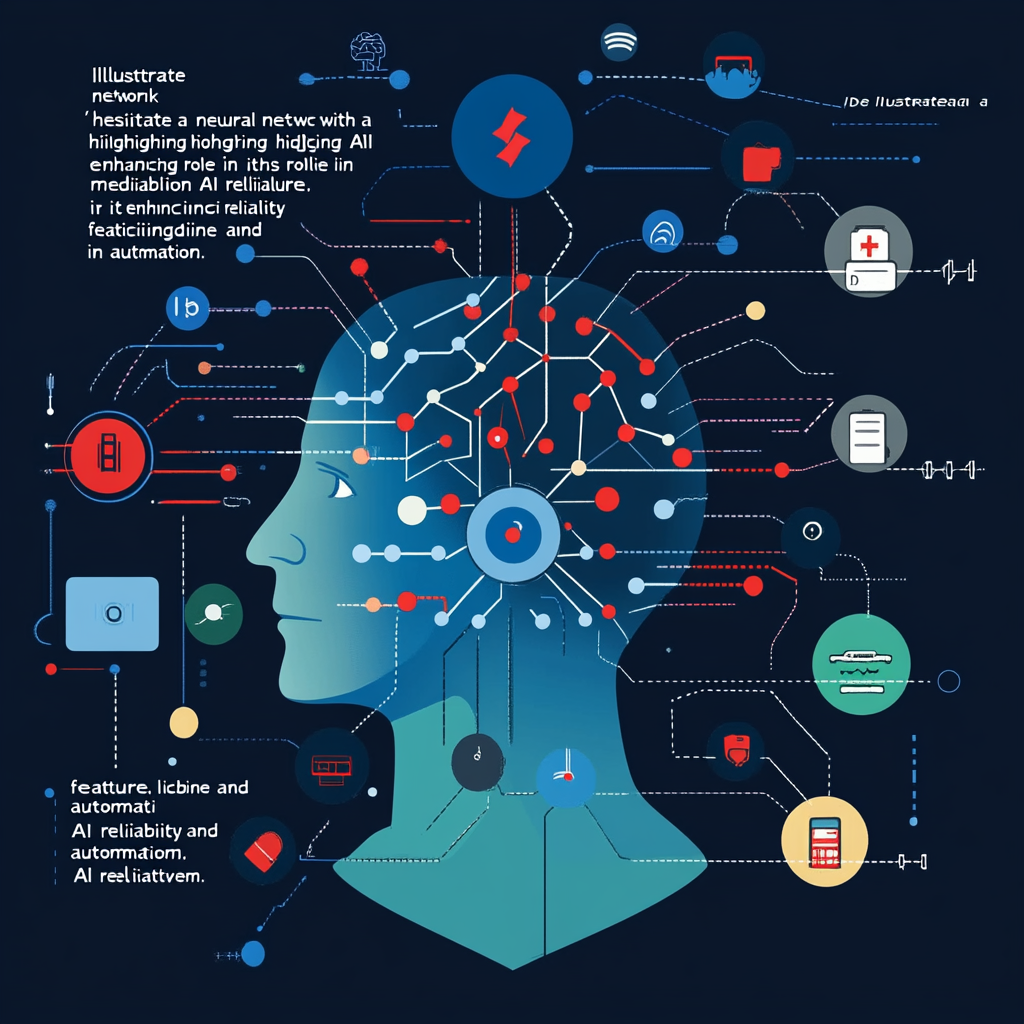
Neural network learns to hesitate for improved accuracy
Neural Networks Learn to Hesitate: A Leap in AI Accuracy
Picture this: artificial intelligence systems, not rushing headlong into decisions, but giving themselves a moment to think—much like how we do when faced with uncertainty. This isn’t some sci-fi fantasy spinning in the ether anymore. Researchers from the Skoltech AI Center and the Institute for Information Transmission Problems of the Russian Academy of Sciences have rolled up their sleeves and crafted a method that gives neural networks the ability to hesitate. This endeavor aims to bolster their accuracy—a pivotal shift that could turn the tides for AI reliability. Buckle up, because we're about to embark on a journey through the intricate yet fascinating world of neural networks and their newfound talent for deliberation.
Neural networks, the underpinnings of today's AI revolution, are designed to tackle complex issues by echoing the human brain’s neural mechanics. Yet, hold your horses! These advanced models often fall into the trap of overconfidence, particularly in high-stakes arenas such as medicine or aerospace, where the data might be ambiguous, and our curtains of certainty are less opaque. This innovative method addresses the conundrum of excessive assurance by tuning the networks to tread carefully in uncertain environments.
How Hesitation Enhances AI Accuracy
So, how did these brainy researchers succeed? They introduced a clever twist: confidence-aware training data incorporating what they call "soft" labels. Instead of rigid binary labels that simply scream "yes" or "no" (0 or 1), these soft labels provide a spectrum of values in between, elegantly reflecting the reliability of the data in question. This gradual shading enables neural networks to identify when they’re entering murky waters—essentially signaling when a human should step in for verification. Now that’s what I call a well-thought-out decision-making framework!
Now, let’s dive deeper into the ocean of uncertainty. The neural networks learned to grapple with two distinct types of uncertainty. The first, epistemic uncertainty, arises primarily from having insufficient data. Think of it as our gnawing doubt in the absence of complete information. The second, aleatory uncertainty, is all about the inherent noise in the data itself—tasks that are perilous not because we lack information but simply because the data is inherently unpredictable. By recognizing and addressing these two different shades of uncertainty, the neural networks can finely tune their decision-making processes for accuracy when the stakes are high.
Applications of Hesitant Neural Networks
What does this all mean for the real world? Buckle up for an onslaught of possibilities! This technology isn’t just a fancy parlor trick; it’s set to reshape critical fields like medical diagnostics, industrial automation, and autonomous driving systems. Take medical diagnostics, for instance. Thanks to this innovative approach, the accuracy of assessing blood types has skyrocketed. Can you imagine a world where AI systems can handle hefty decisions without plummeting into the abyss of overconfidence? It’s the kind of future that would make any optimistic tech enthusiast squeal with joy!
But let's be real—how does this shiny new hesitation technology stack up against other methods aimed at improving neural network accuracy? Sure, teaching networks to pause for thought is groundbreaking, but other roadmaps exist. Ensemble methods, where multiple models team up to boost predictive power, remain a powerful approach. Regularization techniques to fend off overfitting are like a safety net for these models, preventing them from becoming rote learners of the data they’re fed. And let’s not forget the art of hyperparameter tuning—choosing the best parameters is akin to finding the Holy Grail for optimal performance.
A Future With More Reliable AI
As we continue marching down the AI advancement pathway, the imperative for reliability in critical applications is becoming clearer than ever. Neural networks learning to "hesitate" marks a pivotal escalation toward crafting AI systems that aren’t merely powerful but also prudent. This advancement doesn’t just sweeten the deal for the neural networks themselves; it morphs the landscape of how we will address real-world complexity through artificial intelligence in the future.
When we catch a glimpse of what lies ahead, the thought that machines can pause and reflect on their judgments is not just refreshing—it’s downright exhilarating. We’re on the cusp of an era where AI becomes an indispensable ally, a partner that not only carries the weight of decision-making but does so with a careful precision and consideration previously thought to be exclusively human.
So, what’s next on this captivating adventure? As AI churns onward, melding technology with wisdom, we can anticipate a landscape that fosters safer and more efficient decision-making processes. Keep your eyes peeled for the latest updates in the ever-evolving story of artificial intelligence.
Want to stay up to date with the latest news on neural networks and automation? Subscribe to our Telegram channel: @channel_neirotoken

